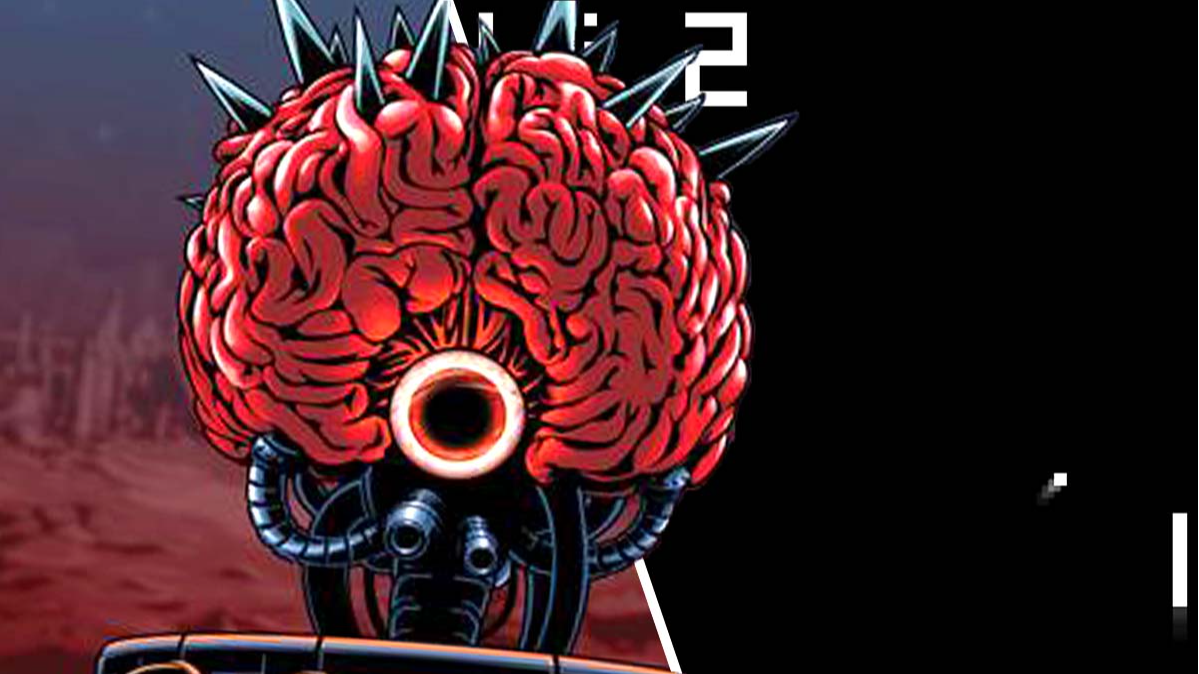The United States Congress passed the Chips Act, pouring $52.7 billion into establishing semiconductor fabrication factories (or fabs) at home, reducing their dependence on Taiwan and competing with an increasingly self-reliant China.
This comes at a time when Artificial Intelligence (AI) promises to do the not-so-routine and sufficiently intelligent jobs in every arena over the next few decades.
At the heart of all electronics, computers, and technology lies semiconductors and how smaller they get with the most processing capacity.
This Moore’s Law – that the number of transistors packed onto every square millimeter keeps increasing as the chips’ size decreases due to advancements in technology over the years – will now reverse with scientists unable to make semiconductors any smaller.

This is where another solution has been existing for several hundred million years but is vexed by problems of norms of life and society – the human and animal body itself.
The nervous system and brain are naturally the most complex and advanced computers if one considers the hundreds of internal and external functions it regulates every minute.
Regarding energy consumption, it would take 34 massive coal-fired power plants generating 500 megawatts each to power data centers to hold the energy in a single human brain.
A brain, on the contrary, is 100,000 times more energy efficient, using only 20 watts of energy, the amount required to power a lightbulb.
One of the world’s fastest supercomputers, the Tianhe-2, has a maximum processing speed of 54.902 petaFLOPS. A petaflop is a quadrillion (one thousand trillion) floating point calculation per second.
The human brain operates on the next level, one exaFLOP, equivalent to a billion calculations per second. Some bright Japanese minds tried recreating that ability in 2014, but the K Computer – the world’s fourth fastest supercomputer – still took 40 minutes to calculate what a human brain does in a second.
And this is where the promising yet scary amalgamation of biology, neurology, engineering, and electronics is sparking debates amongst technologists, ethicists, lawyers, and doctors.
It began with Melbourne-based Cortical Labs growing neurons (brain cells) and incorporating them onto a computer chip.
The resulting fusion worked since both neurons and chips share a medium of operation – electricity. In silicon computers, electrical signals travel via metal wires that link different components.
In a brain, nerve cells are connected via synapses that transport the electric signals. Called ‘Dishbrain,’ its developers are grasping their invention’s magnitude and implications.
Also called ‘Organoid Intelligence,’ it blurs the lines between engineering, and neuroscience biology, potentially sending AI research and development in another direction.
Ethics, Consent & ‘Human Harvesting’?
Thankfully, computing-compatible cells don’t have to be brain cells; thus, scientists do not require brain tissue samples. Ordinary skin cells or cells from blood samples can be developed into stem cells, which can develop into any cell in the body.
But should people whose cells are taken know what they might be used for? Should their consent be vital before extracting their cells for the purpose?
Then there comes the possibility of neural cells of different persons performing differently when put in a computer. Thus, the likelihood of only super-intelligent people being identified for participating in ‘Organoid Intelligence’ projects might split society.
There are technical hurdles like being unable to recreate the neuro-biological structure of living and human beings. This is a problem faced by Berkely-based Koniku.
Then comes the fundamental difference between a brain and a computer. Brains are independent and goal-directed, while computers need external control. How this fundamental divergence between the two will impact the evolution of the technology remains to be seen.
If human neurons are assumed to seek certain states of being, will the hybrids develop sentience and consciousness and become self-motivating? Purely machine-based efforts have to be self-motivating to become artificially intelligent. Will the neurology-computer hybrid ever lead to true AI or the computer-centric approaches?
If it is a hybrid, then the neuron and cell AI would also experience emotions like pain, anger, and sadness. Will they turn against their creators like in sci-fi movies or peacefully coexist with humans? This is only the future that will tell.
It might even work the other way round and spur ‘transhumanists’ to technologically enhance the human condition, free it from the need for food and disease, and achieve immortality.
19th Century Science Fiction Has The Answers?
These are more important questions of philosophy and political theory that have shaped human societies, struggles, and even wars for thousands of years.
As the Russia-Ukraine war rages, we can look back at ‘Russian Cosmism’ of the 1800s by Nikolai Fyodorovich Fyodorov, who is said to have laid the foundations of transhumanism and even advocated the resurrection of dead persons.
Konstantin Tsiolkovsky called for aggressive space exploration, prophesizing that humans would spread throughout the Milky Way galaxy, predicting the first ‘Space Age’ by several decades.
Some like Alexander Bogdanov were committed Bolsheviks who led the Russian Revolution in 1917 that birthed the Soviet Union. They say history is a great teacher. If not the technical implications of bio-computing, the past certainly holds a wealth of advice and solutions for the political and ethical repercussions of bio-computing.
- The author can be reached at satamp@gmail.com
- Follow EurAsian Times on Google News